The Kalesar National Park in Haryana is one of the favourite spots for nature and wildlife enthusiasts. It is visited by a number of tourists throughout the year and is also known as the Kaleshwar National Park. Apart from boasting a diverse range of flora and fauna, the Kalesar National Park also has a Kaleshwar Mahadev Temple which is of great significance to the Hindu community in and around Haryana. The National Park is known for housing leopards, elephants, red jungle fowls, hares and panthers. It also provides a view of the Shivalik Foothills.
Kalesar National Park Location
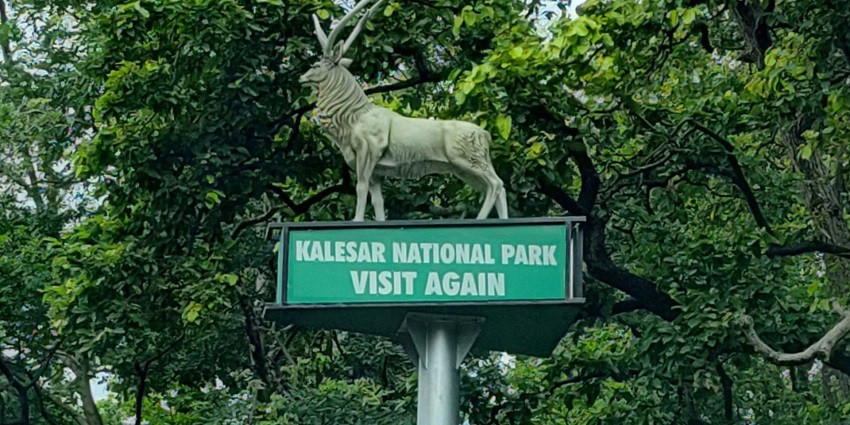
Photo: Chirag1745 / Wikimedia Commons
The Kalesar National Park belongs to the Yamunanagar District of Haryana. It is located at the foothills of the Shivalik mountain range. The park occupies either side of the Yamuna Nagar – Paonta Sahib Road.
Suggested Read: Best Places To Visit In Gurgaon With Friends For Fun
How To Reach Kalesar National Park
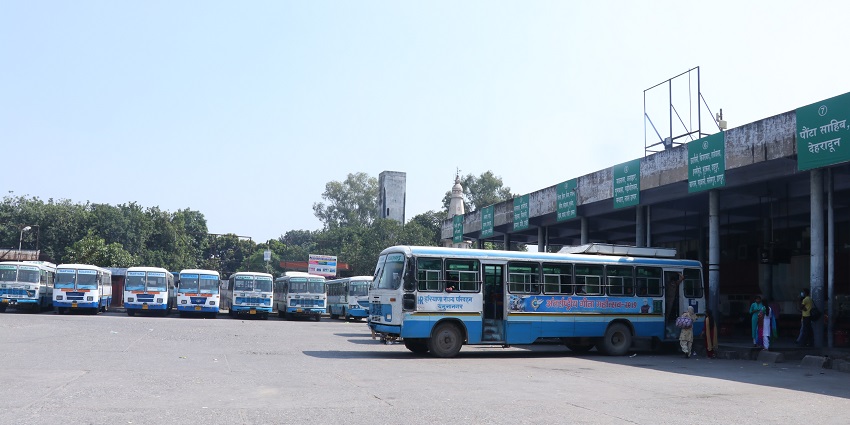
Photo: Yamunanagar Hulchul / Wikimedia Commons
By Air: The closest airport to the National Park is Chandigarh Airport. You can rent a car or hire a cab from there and cover a distance of 85 km.
By Rail: The nearest railway station to the National Park is the Yamunanagar Railway Station. You have to cover a distance of 35 km to reach the park from there.
By Bus: The closest bus stand to the National Park is the Kalesar Bus Stand. Buses from Delhi take around 3 hours and 20 minutes to reach this stop. A bus from Chandigarh, on the other hand, takes around 2 hours.
Places To Visit Around Kalesar National Park
Kalesar National Park Haryana is accessible from a lot of important cities. Situated in the Shivalik Foothills, the park is surrounded by a lot of beautiful places that you might want to visit.
1. Gurudwara Paonta Sahib
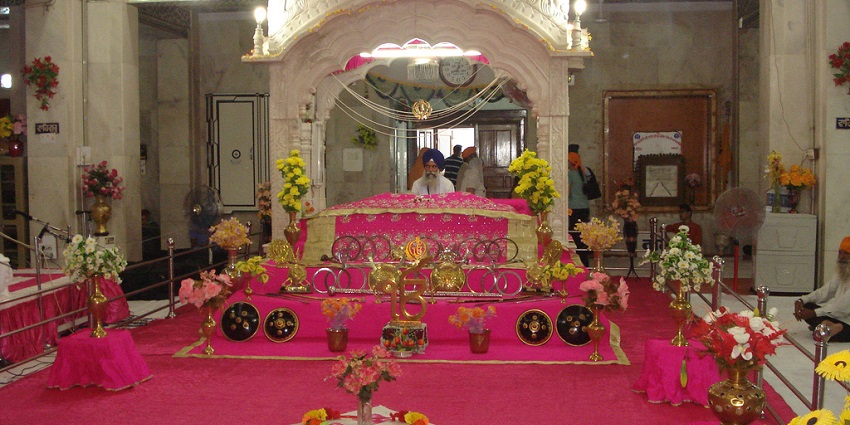
Photo: Varun Bajaj / Wikimedia Commons / Image For Representation Only
Located in the district of Sirmaur, this Gurudwara is greatly revered by the Sikh community living in and around Himachal Pradesh. The Sikh shrine bears two important sites, Sri Dastar Asthan and Sri Talab Asthan. The Gurudwara is situated on the banks of the river Yamuna, which presents a pleasant and tranquil scenery. The Gurudwara also has incredible architecture, incorporating white marble in a lot of its infrastructural components. It is believed that the town of Paonta Sahib, where the Gurudwara is situated, was founded by the great Sikh Guru, Guru Gobind Singh Ji himself. The Gurudwara also organises Kavi Durbars or poetry competitions.
Distance From The National Park: 17 km
Timings: 4:30 AM – 8:30 PM
Suggested Read: Top Places To Visit In Hisar To Explore Haryana’s Beauty
2. Hathni Kund Barrage
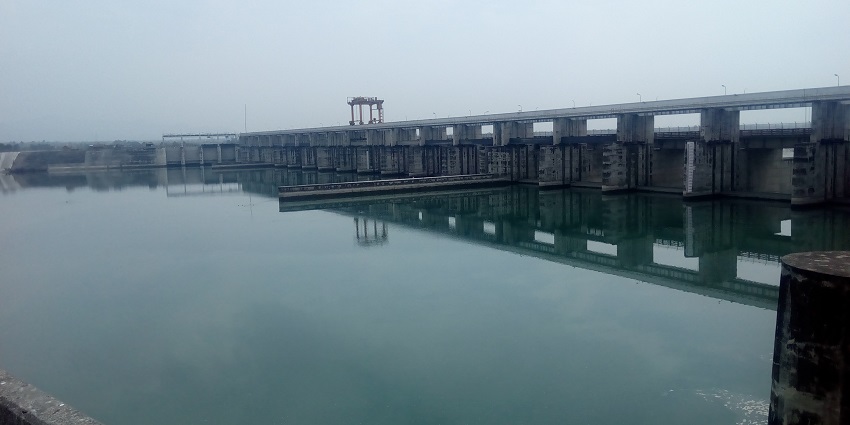
Photo: Owais Khursheed / Wikimedia Commons
This barrage overlooks the river Yamuna and will be a part of your journey when you are headed to the National Park by road. A lot of tourists come to this place in transit. The barrage was constructed in the ’90s for the purpose of irrigation in the place of the Tajewala Barrage. The barrage creates a wetland for migratory waterbirds to stop by. It is thus the perfect place for spotting rare species of birds, around 31 can be found at this barrage. The barrage spans over 360 m and directs the water of the Yamuna in its respective Eastern and Western canals.
Distance From The National Park: 7 km
Timings: 24*7
3. Chhachhrauli Fort
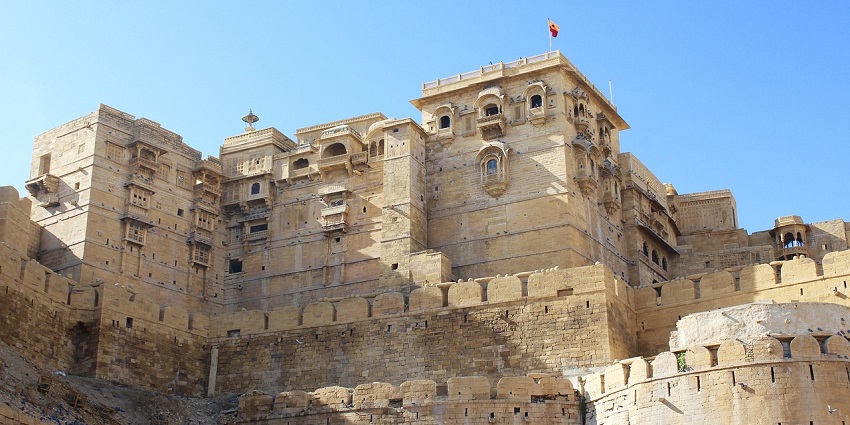
Photo: Pexels / Pixabay / Image For Representation Only
This fort is an ancient architectural wonder. It is believed to have been constructed under the reign of the King of Kalsia, around 250 years back. The fort has intricate archways and is surrounded by a verdant landscape. Chhachhrauli town was once a Princely State during the British colonial period. The paint on the interior walls of the fort still looks like it has been freshly done. Railways stations, flowers and eminent figures from Indian Royalty have been painted on its walls. There are three huge rooms in the fort and a clock tower, which used to be functional earlier, and capable of being heard from afar.
Distance From The National Park: 29 km
Timings: 24*7
Suggested Read: Places To Visit In Kalka
4. Kapal Mochan
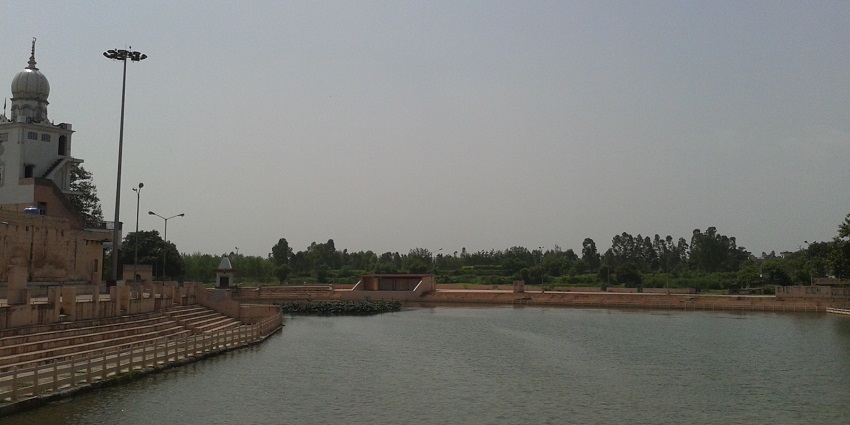
Photo: Karantsingh / Wikimedia Commons
This religious site is considered to be sacred for both Sikhs and Hindus and is alternatively referred to as Somsar Mochan or Gopal Mochan. It is believed that taking a bath in the Kapal Mochan Sarovar washes away the greatest of all sins. There has been mention of Kapal Mochan in the Mahabharata as well as the Puranas. It is believed that some of greatest figures of Hindu mythology, namely, Lord Rama, Shiva and the Pandava brothers had blessed this place with their presence during the ancient times. The area includes a temple dedicated to Mahadev, the Gau-Bacha Temple and a Gurudwara.
Distance From The National Park: 33 km
Timings: 24*7
5. Chaneti Stupa
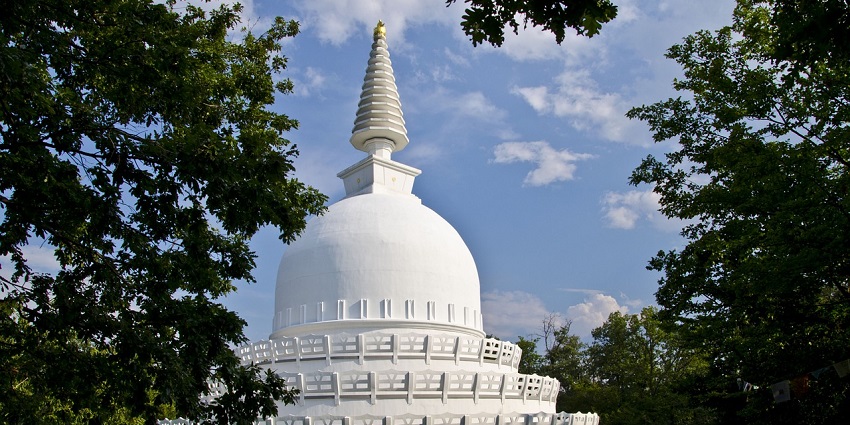
Photo: Gavia26210 / Pixabay / Image For Representation Only
This stupa is one of the most significant historical landmarks situated in Haryana. The stupa lies close to the archaeologically significant city of Sugh and is famous for having been quoted as one of the 10 Indian Stupas by ancient traveller, Hiuen Tsang in the 7th century. The stupa consists of several layers of baked bricks, layered in a hemispherical fashion. Atop the stupa, lies a square depression of 1.5 metres which used to be filled with earth. It is believed that chhatravali or an umbrella was put here. The area adjoining the stupa radiates peace and tranquility.
Distance From The National Park: 37 km
Timings: 10 AM – 5 PM
Suggested Read: Places To Visit In Gurgaon At Night To Enjoy To The Fullest
Where To Stay

Photo: Engin_Akyurt / Pixabay / Image For Representation Only
There are many properties near the National Park where you can stay comfortably throughout the duration of your holiday. The Olive Greens, situated in Paonta Sahib is a property where you can have a comfortable stay. It is known for its beautiful blooming garden and very high standards of hygiene. Home Stay NH-7 is a homely property, which offers rooms with a great view and delicious food. Some other options that you can choose from are Hotel Guru Surbhi, Asan Conservation Resort and Pal Royal Resort.
Where To Eat

Photo: Juno1412 / Pixabay / Image For Representation Only
There are many restaurants, eateries and cafés near the National Park where you can stop by for a meal. Pirates of Grill is the perfect option for those who are looking for a fresh and flavourful kabab spread. Their specialities include Dal Makhani and Dum Biryani. Those looking for delicious vegan food can choose Gautam’s O Dine, which serves specialities like velvet shakes and Bubblegum Dahi Kebab. Some other great places where you can have delicious food are The Singla’s, Orchid Garden and Hangries Yamunanagar.
Suggested Read: Places To Visit In Haryana For A Perfect Weekend Getaway
Best Time To Visit Kalesar National Park
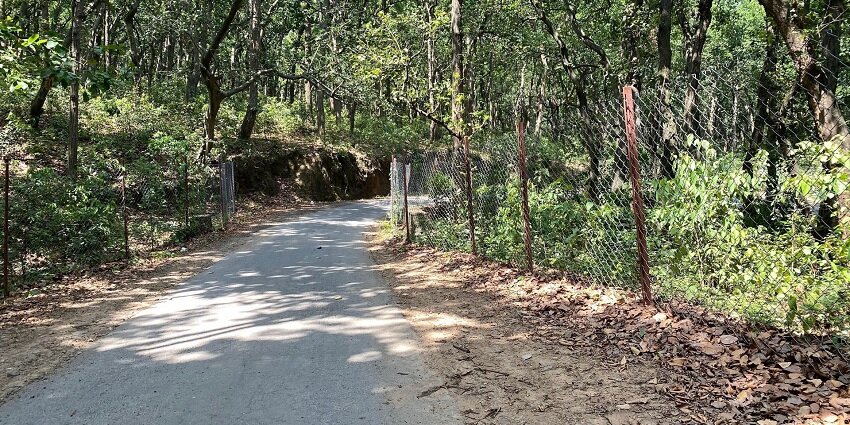
Photo: Chirag1745 / Wikimedia Commons
The park is open throughout the year except between the months of July and September. It is best that you visit this national park from November to February. During this time, the weather is breezy and predictable. The Kalesar National Park timings during summer is 6 AM to 7 PM. During winters, the opening of the park is delayed by an hour and the closing is scheduled an hour earlier.
Other Factors To Consider
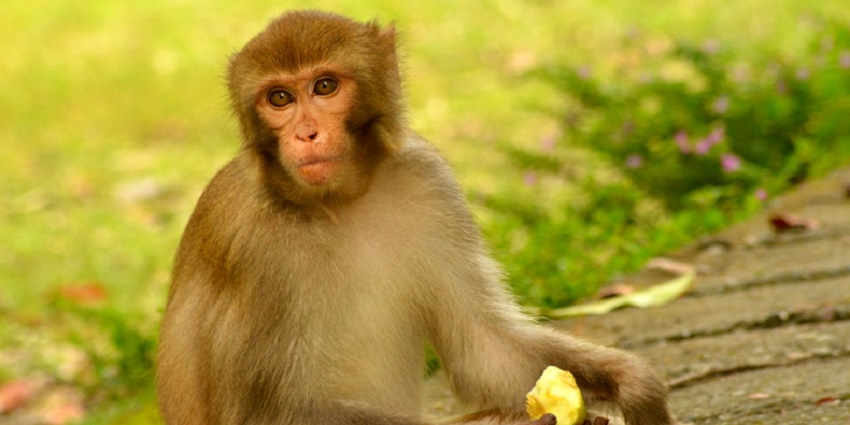
Photo: Jim Ankan Deka / Wikimedia Commons / Image For Representation Only
There are many other factors that you must keep in mind while visiting the National Park.
Average Cost Of The Trip:
The Kalesar National Park ticket price is ₹30 for Indian Citizens. For Foreign Nationals, however, an entry fee of ₹100 is charged. For a Wildlife Safari, which involves a close encounter with the animals native to the park, a separate fee of ₹100 is charged. You will also be charged ₹100 separately for videography.
Tips For Travellers:
- Do not visit the national park during the monsoon. Since you will be spending at least 3 hours outdoors, it is recommended that you avoid unpredictable, stormy weather.
- Respect the natural habitat of the animals. Do not litter within the premises of the National Park.
- You can spot birds from up the Colonial Dak Bungalow within the National Park. This place acts as a resthouse and also provides an excellent view of the River Yamuna.
- Do not attempt to feed the animals at the national park. You may end up endangering their lives and your own.
- Don’t forget to carry a camera to click Kalesar National Park photos.
Suggested Read: Places To Visit In Kurukshetra
The Kalesar National Park in Haryana harbours a natural landscape where a number of animals flourish. Some commonly found animals at this national park include grey langur, chital, Indian hares, wild elephants, porcupines and jungle cats. If you are looking for an adventurous encounter with these animals, then do not forget to plan your trip to Haryana with TripXL.
Cover Photo: Pixabay / Pexels / Image For Representation Only


 WhatsApp
WhatsApp
 Twitter
Twitter









